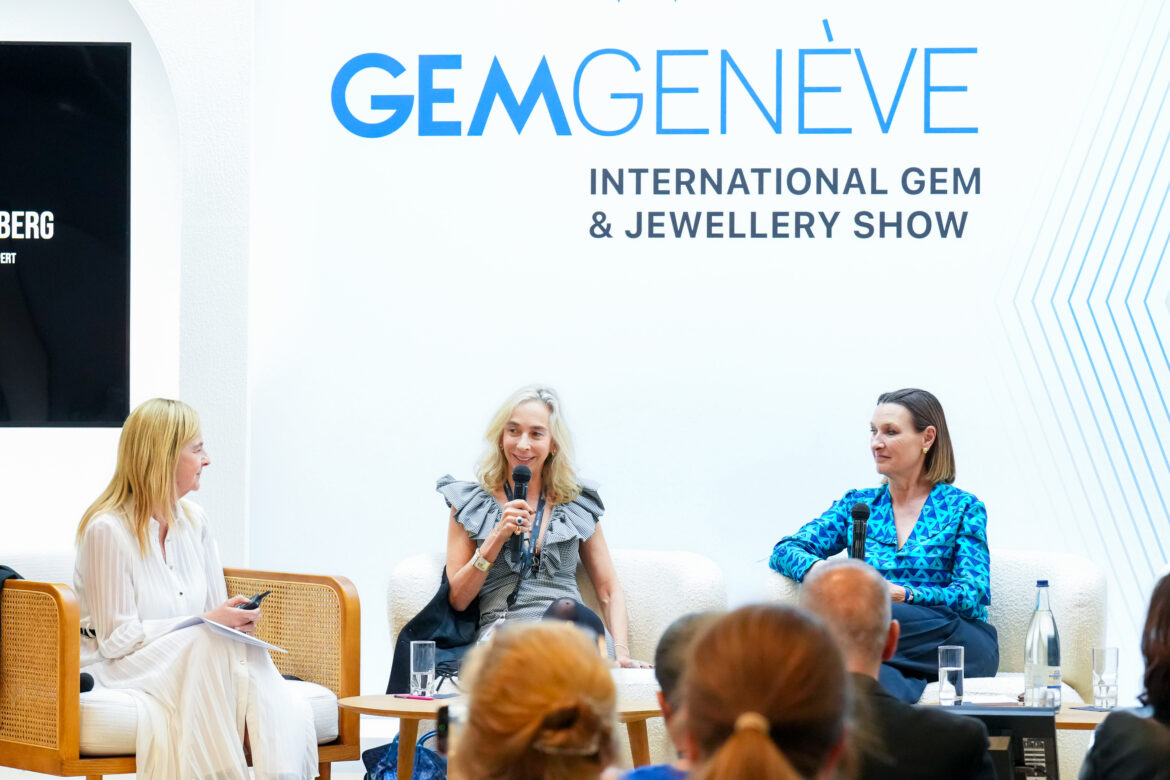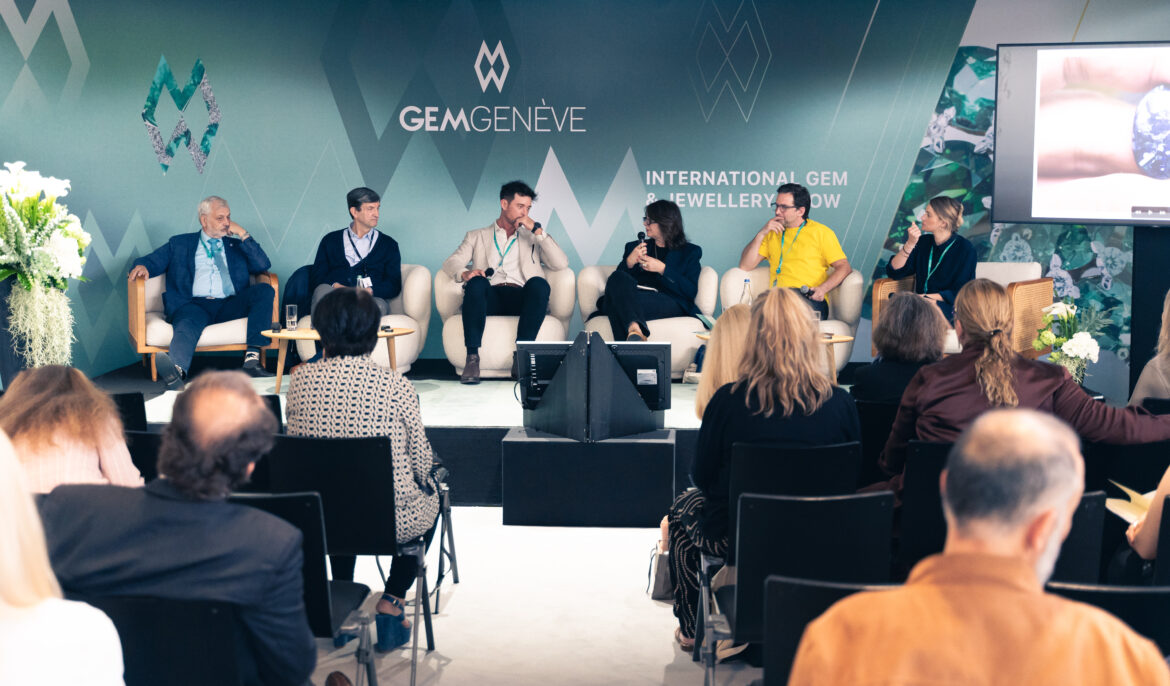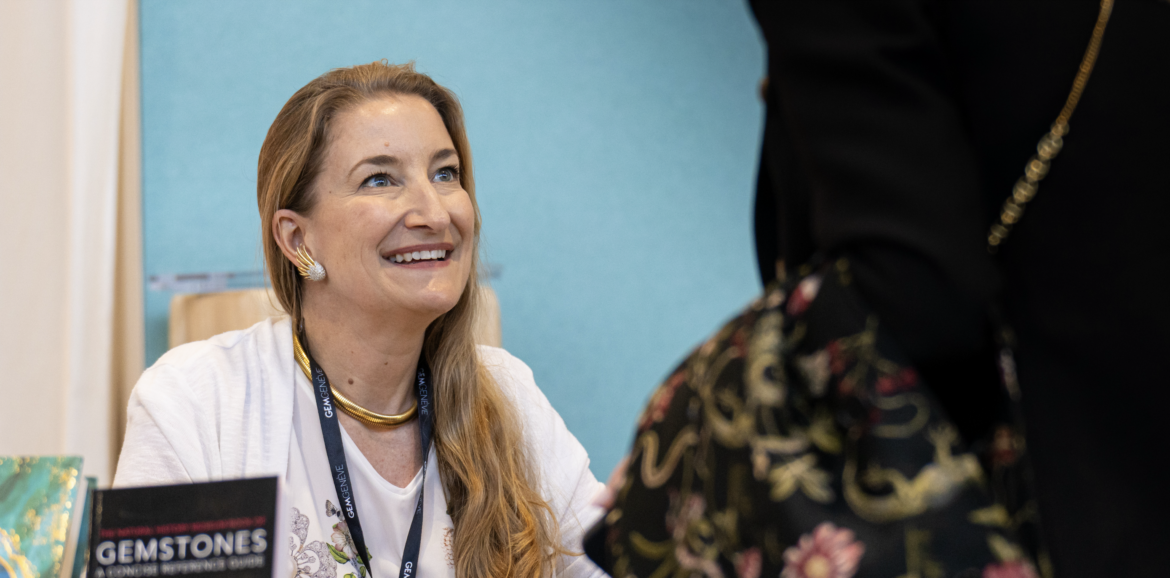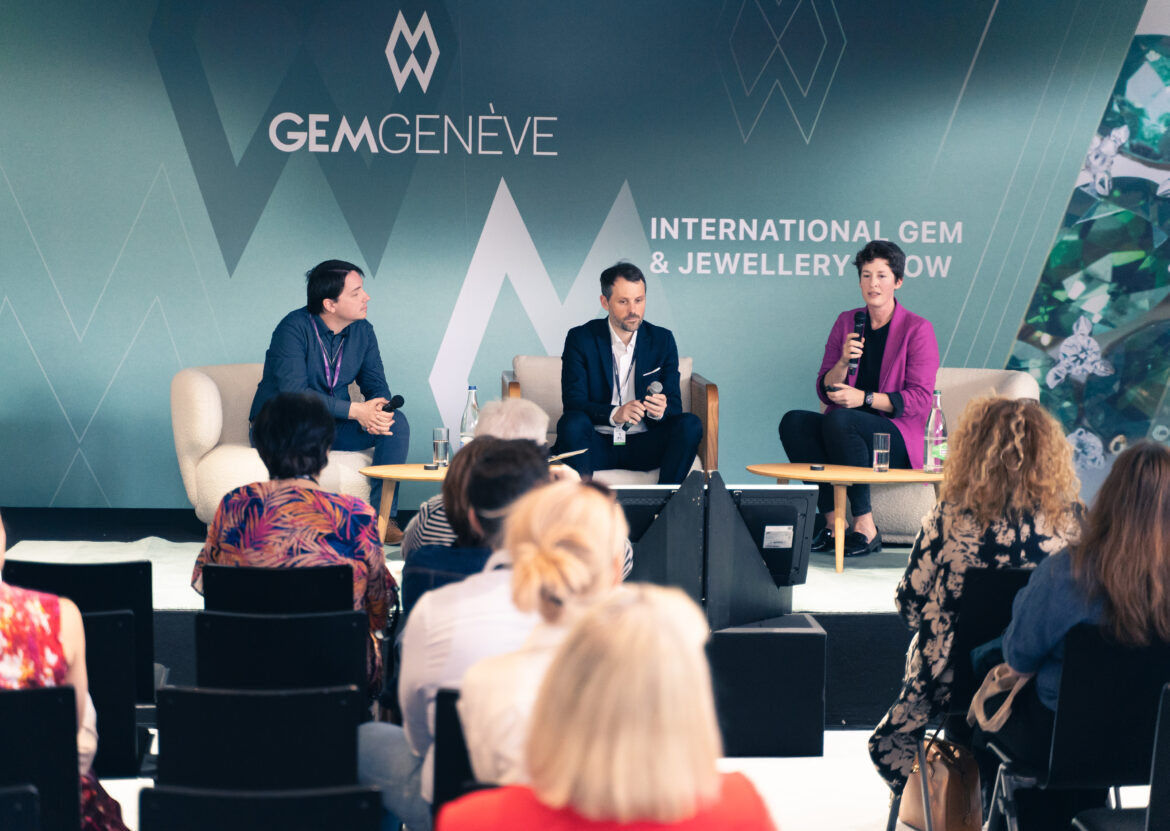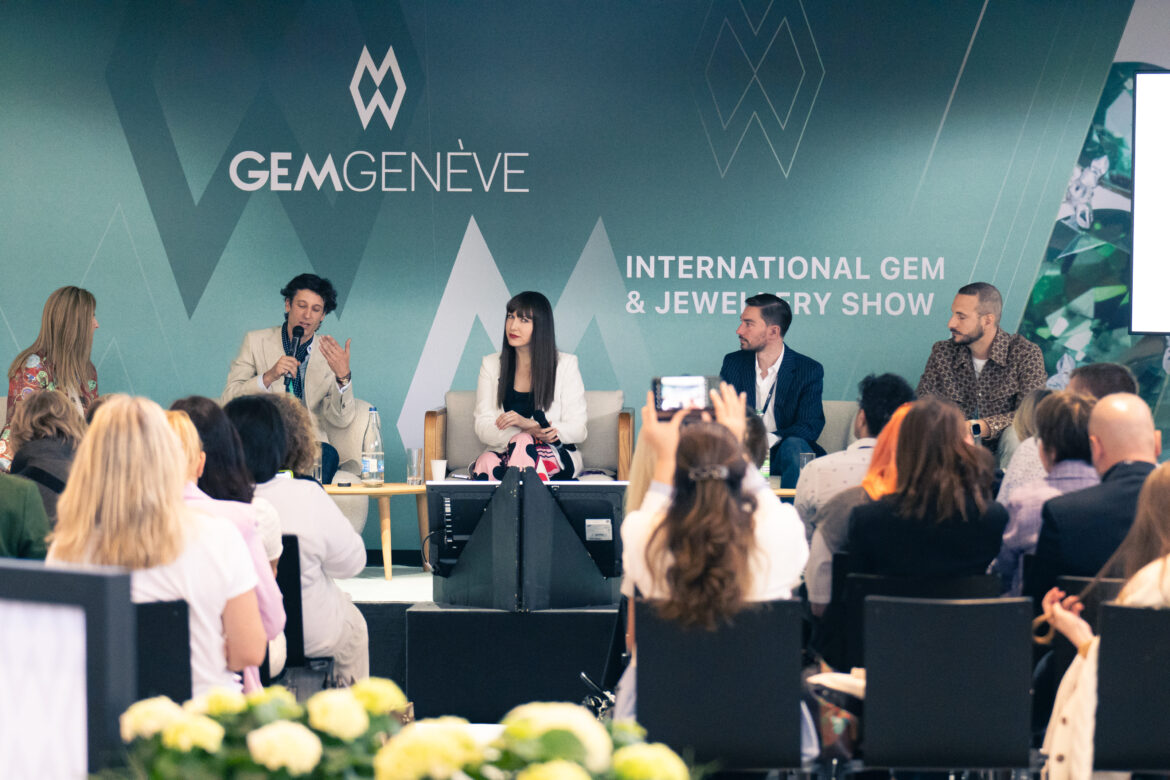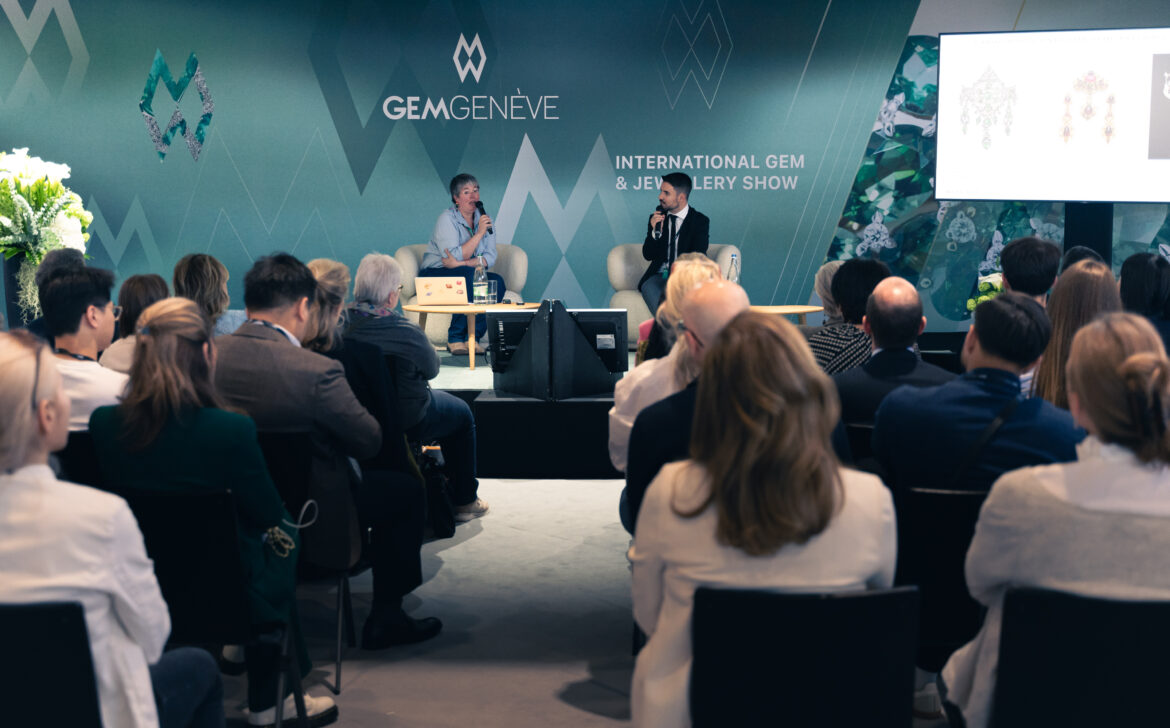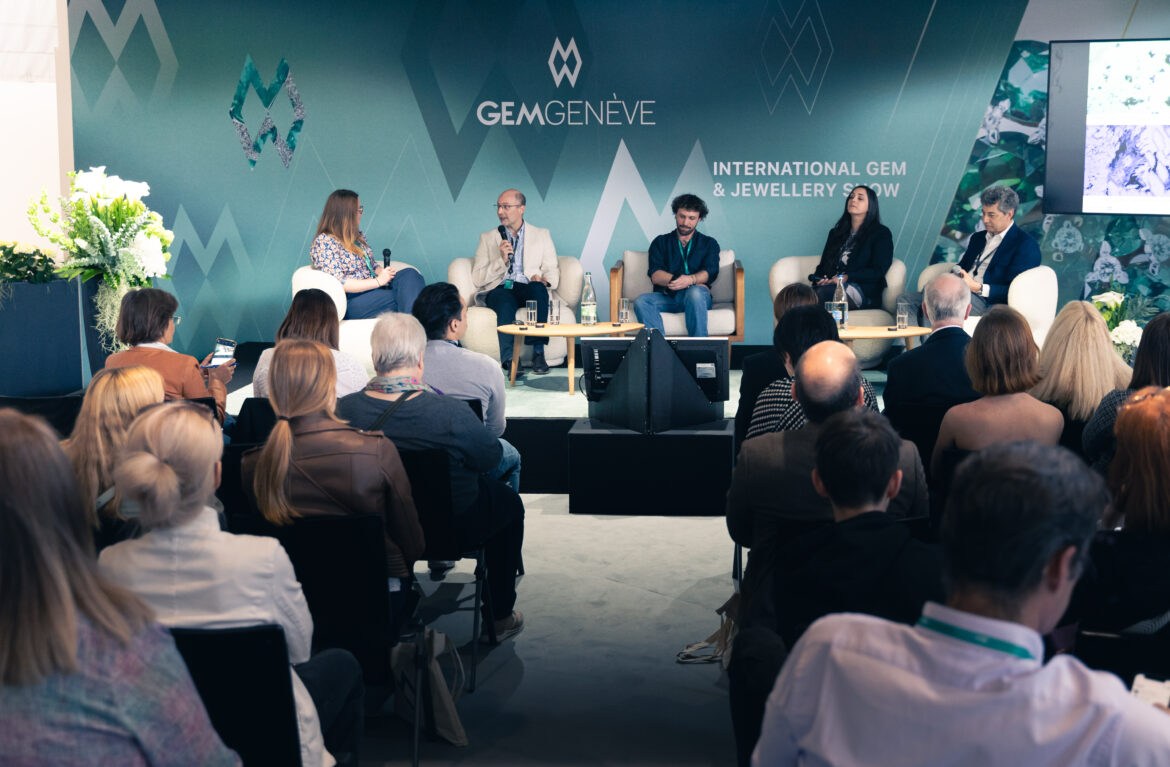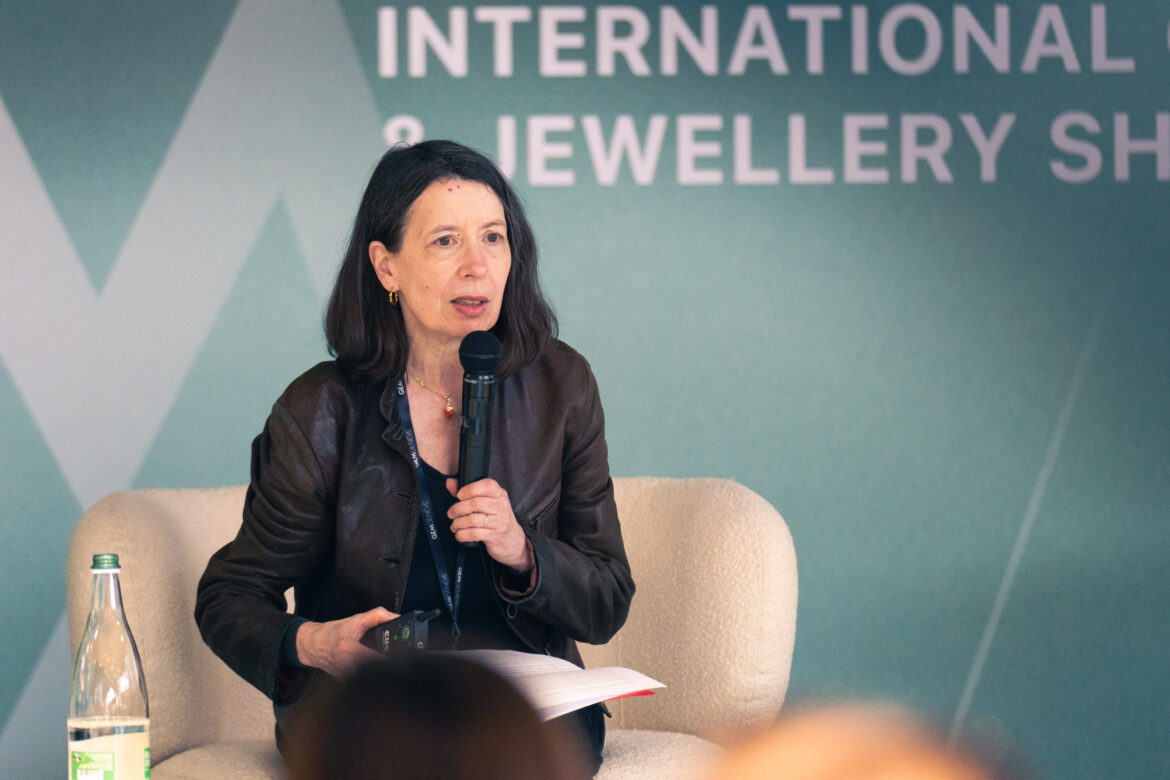Echoes of Elegance: The Art Déco Jewellery Between Heritage and Contemporary Revival
An Everlasting Aesthetic Held during the May 2025 edition of GemGenève, the roundtable “Echoes of Elegance: Art Deco Jewellery Between Heritage and Contemporary Revival” brought together a distinguished panel of voices from the jewellery world to explore the enduring allure of Art Deco. Chaired by jewellery business consultant Donatella Zappieri, the discussion ...

